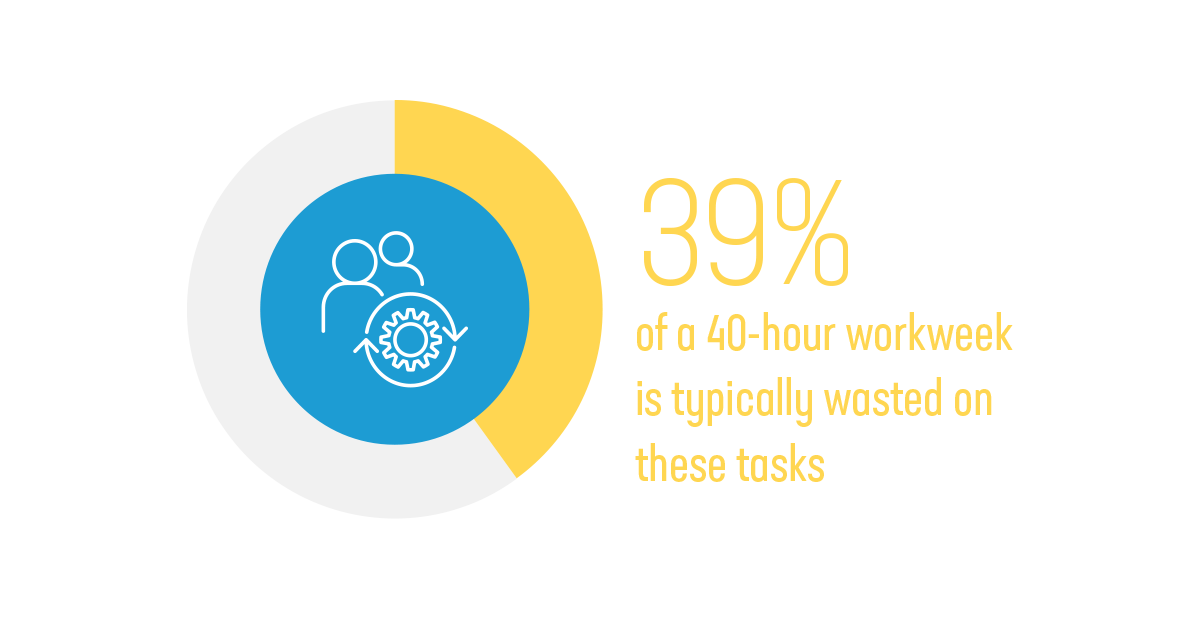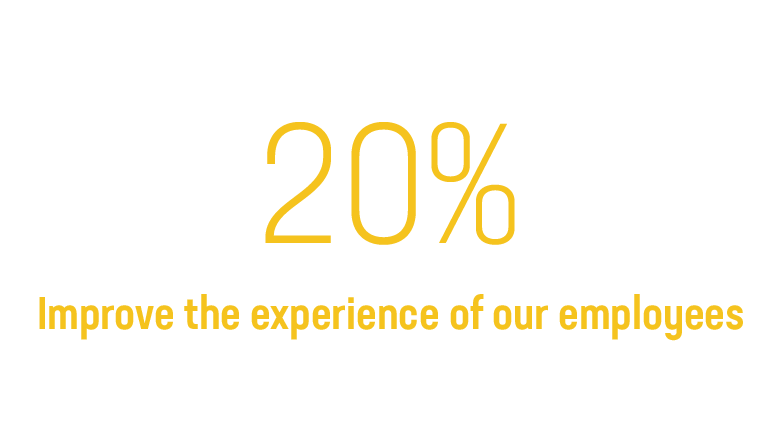Top 3 Federal App Modernization Trends
INTRODUCTION
Most organizations, federal agencies included, find their application portfolio weighed down over time by aging legacy apps. Tight budgets, growing cybersecurity concerns, and the challenge of maintaining legacy applications and infrastructures are overloading traditional IT resources in federal agencies.
Many agencies today are under increasing pressure to keep costs low and serve a growing number of users while managing and protecting a massive amount of data. The good news is government agencies are increasingly utilizing modern applications to fully support the business requirements of innovation, agility, and efficiency. This article will cover the top three federal IT modernization trends we’re seeing today.
TOP TREND # 1
Migrating Legacy Applications
WHAT’S THE CHALLENGE?
Many federal agencies have traditional network architectures that are static, vulnerable to human error, and far too complex. .
WHY DOES IT MATTER?
Managing legacy systems requires significant OpEx and increases TCO, with precious time and resources devoted to maintaining legacy apps that are inefficient and insecure. App dev teams especially are hampered by legacy architecture, inefficient manual processes, and reviews and procedures that don’t integrate well into the app dev lifecycle.
Migrating from legacy applications is only half the battle. A recent survey found that 15 hours a week are being spent by developers in DevOps environments managing tasks such as debugging pipelines and waiting for tests and builds to complete.1 It’s critical to find the right modern app dev solutions that help streamline processes, like ones that help automate repetitive DevOps tasks. 39% of a 40-hour workweek is typically wasted on these tasks.

TOP TREND # 2
Integrating New Functionality, Like Modern Digital Experiences
WHAT’S THE CHALLENGE?
Dated and complex federal network architectures and app development and deployment processes make it difficult for agencies to deliver the kind of digital experiences civilians and government employees expect from consumer-grade apps.
WHY DOES IT MATTER?
By not keeping up with civilians’ and government employees’ growing demands for positive digital experiences, federal agencies may not be able to maintain mission effectiveness. Creating digital experiences with customer-centric thinking is not an easy task. Application development teams need the right talent, leadership, and solutions to complete their mission.
Forrester data indicates that over the next 12 months, government agencies’ top business priorities include:2
TOP TREND # 3
Protecting Against Evolving Cyberattacks
WHAT’S THE CHALLENGE?
Federal agencies are highly targeted by hackers, cybercriminals, and other governments with malicious intent. In addition, the U.S. government’s enormous online presence creates a large attack surface.
WHY DOES IT MATTER?
Security vulnerabilities associated with evolving app development and modernization processes can lead to successful attacks and abuses against agencies, resulting in a loss of civilian and employee personally identifiable information (PII), state and military secrets, and money. Outside of embracing federal security guidelines from NIST and DISA, many agencies are looking towards adopting DevSecOps and Zero Trust approaches.
F5 Labs recently interviewed Nicolas Chaillan, the chief software officer for the United States Air Force. He shared with us how his IT team managed an enormous DevSecOps system within the USAF.
“I think if DevSecOps is enforced properly, it would be very difficult to cheat the system and deploy things that bypass the pipeline like we’ve seen with the SolarWinds breach,” says Chaillan. “The security is baked into the process.”3
[1] New Research Reveals U.S. Companies are Spending an Estimated $61B a Year on Tasks Many Devs and DevOps Consider Frustrating, Instead of on Innovation, Garden
[2] The Promise (And Perils) Of Customer-Focused Government Technology Transformation, Forrester
[3] Solving DevSecOps and Microservice Challenges with Zero Trust, F5 Labs




